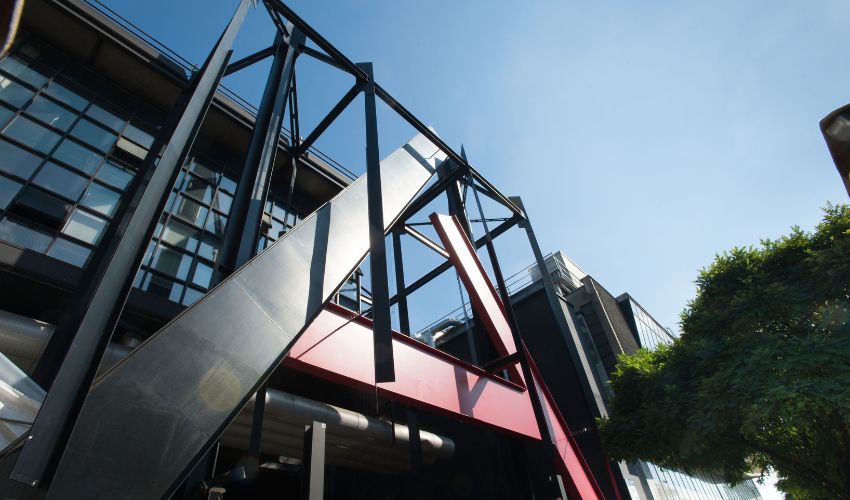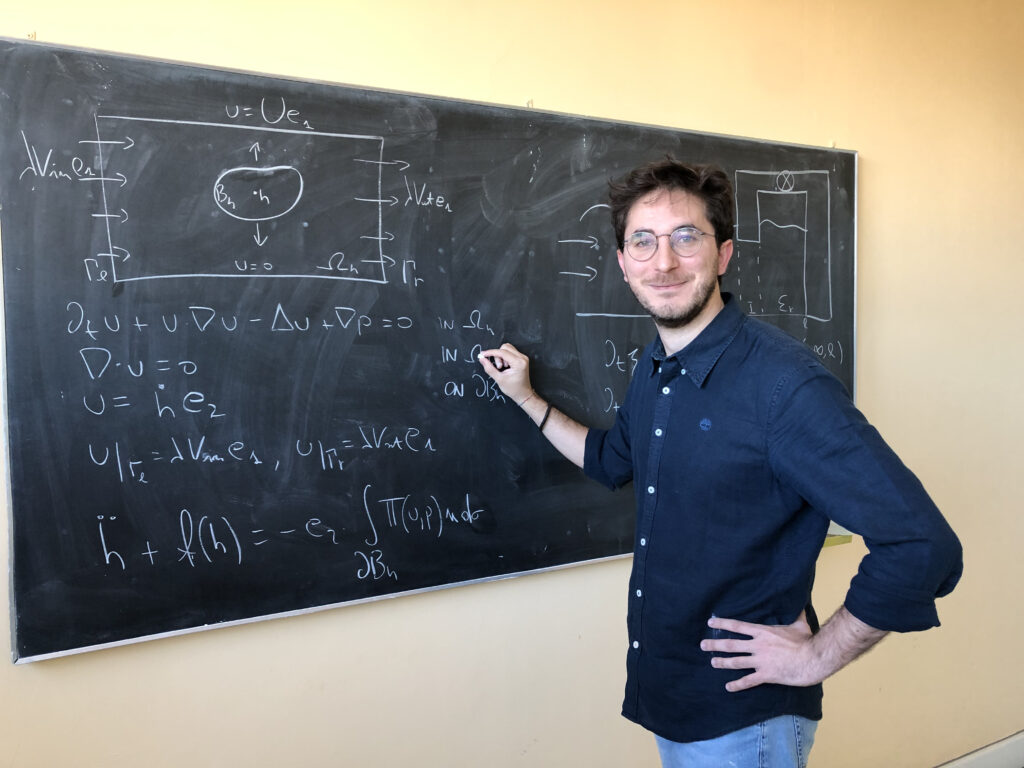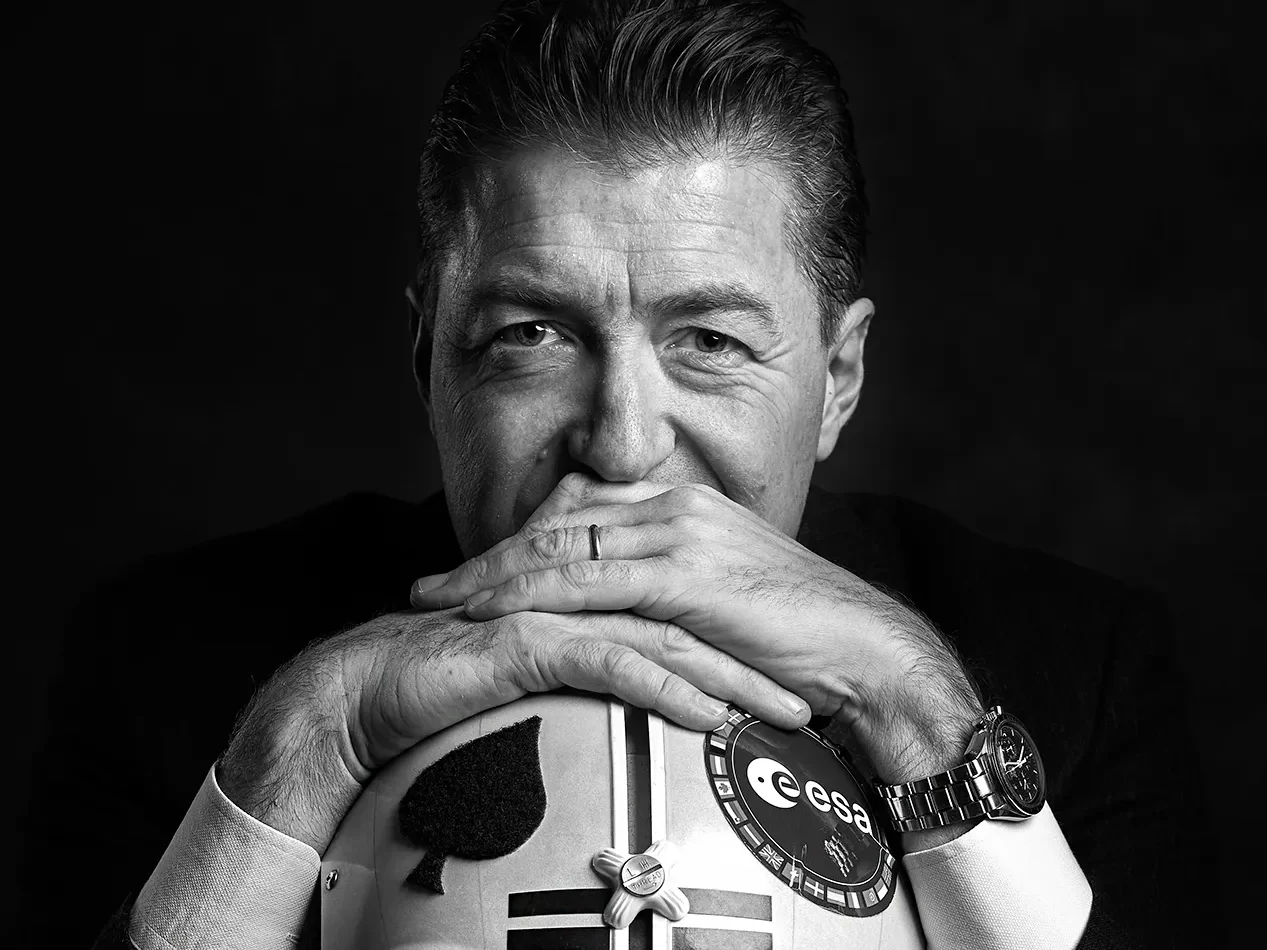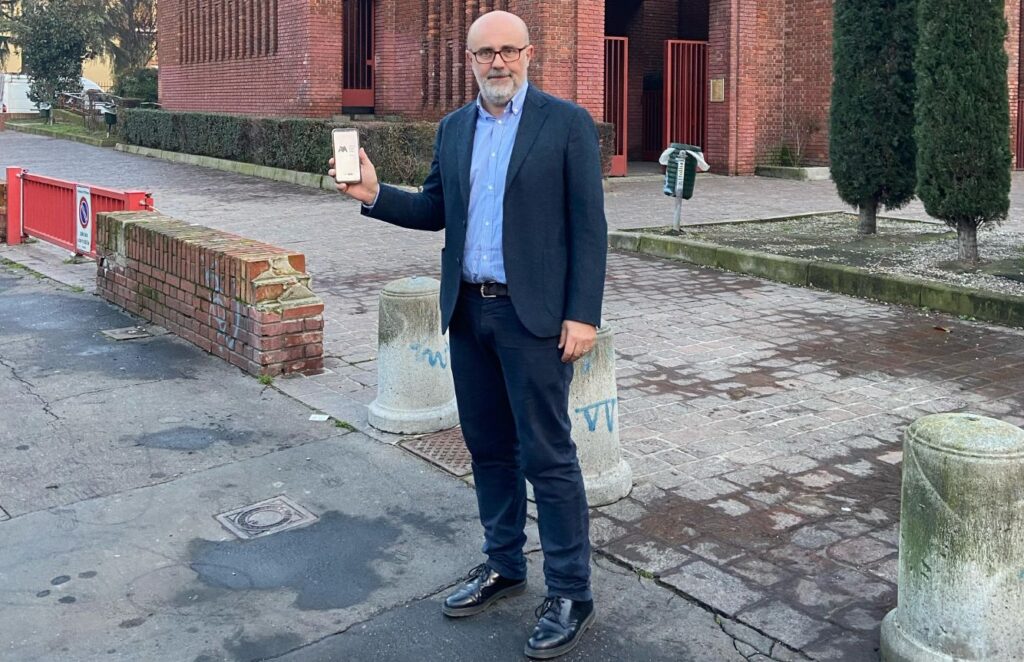
The further I went with my research, the more I realised that I was producing knowledge through projects, artefacts and processes.
Ilaria Valente’s letter in this issue of Frontiere encapsulates the essence of research in just one sentence. Due to its simplicity and precision, when discussing research, it renders the concept of generating knowledge remarkably tangible. Projects, artefacts, processes, descending from ideas, breaths, visions.
What distinguishes one research project from another is precisely this unique viewpoint — a perspective that transforms a simple endeavour into something extraordinary. It emanates from those moments of revelation when we walk around the laboratories, when we get to know the researchers, both male and female, when we encounter something new, waiting to be unveiled.
Whether it’s a child marvelling at the sky, an app unveiling architectural wonders that echo history, or the meticulous calculations ensuring the safety of bridges, this issue of Frontiere underscores the eternal cycle of discovery and innovation.

When wind meets a bridge… A mathematician’s problem!
In a society where images hold sway, we often unwittingly fall victim to the bias whereby even in scientific research, we seek out results that we can physically see or touch.
However, when it comes to mathematics, the pursuit of tangible outcomes can be elusive. Not surprisingly, one of today’s research areas is theoretical models. But are they really so theoretical? Actually, it doesn’t take much to understand how our world is pervaded by the countless practical applications of mathematics.
To make this world more familiar, we interviewed Edoardo Bocchi, who told us about the THANAFSI project. He explained how he is working on models to fully understand the interaction between fluids and structures. To do so, two very specific problems (among many others) are considered: the stability of suspension bridges under the action of the wind and the impact of ocean waves on wave energy converters.
Ilaria Valente: the beauty of architecture is its interdisciplinarity
‘Doing research in the field of architecture means tackling a vast and multifaceted field, because architecture is by its nature an artistic, technical and social practice that addresses the transformations of inhabited space at multiple scales. There may be many different styles of doing research, but at the core, and this is the defining feature of architecture, is the project – architectural, architectural and urban – through which thought and knowledge are ‘produced.‘
In this open letter, Ilaria Valente, Professor and former Dean of the School of Architecture, Urban Planning, Construction Engineering, shares insights into her personal journey and the intricate relationship she shares with architecture on a daily basis. This relationship, though occasionally challenging, remains profoundly enriching and stimulating.

The engineer-philosopher with a passion for space
Starting with the feeling he felt at the age of 3 while holding the yoke of an aeroplane, his life has been marked by a passion for flight and space. His has been a brilliant career that led him from mechanical engineering to head of ESA’s Department of Mechanics. We spoke with Tommaso Ghidini, who we met before his inaugural lecture at the Additive manufacturing for Space application course.
Passionate and overwhelming in recounting the plans for human exploration on the Moon and Mars, he told us about the life of lunar ‘campers’, sustainable recycling, the benefits of 3D printers, the holograms that will keep the astronauts company in the three long years far from Earth, and the countless research projects underway.
#IlPOLIMIrisponde: How are electric car batteries recycled?
Lithium-ion batteries, essential components in the automotive industry, are composed of modular units, progressing from the ‘battery pack’ within the vehicle to the ‘module’ and ‘cell’ levels.
The geometry and materials of lithium ion battery cells is highly variable. This makes the recycling process quite complex in several respects.
How, then, do we recycle them? Two main process chains are used. Marcello Colledani, a professor in De-Manufacturing, explains them to us.

Archimapping, Milan’s modern architecture at your smartphone’s fingertips
Mapping, enhancing and letting people from Milan and visitors discover the city’s modern architecture: all this can be found in the Archimapping app, developed by Politecnico. Available in both Italian and English, it aims to highlight Milan’s contemporary architectural heritage, including the 100 most significant buildings from the Unification of Italy to the present day.
Transforming Milan into an expansive museum of contemporary architecture, the app provides users, whether local or visiting, with access to the city’s 100 most significant buildings. It suggests thematic routes and facilitates the creation of customised itineraries based on various criteria, including typology, geography, authorship and chronology. Archimapping serves as a platform to promote awareness and appreciation of the territory and architecture among citizens, students and tourists alike, fostering a deeper connection to their home. Architect Marco Biagi tells us all about this.
